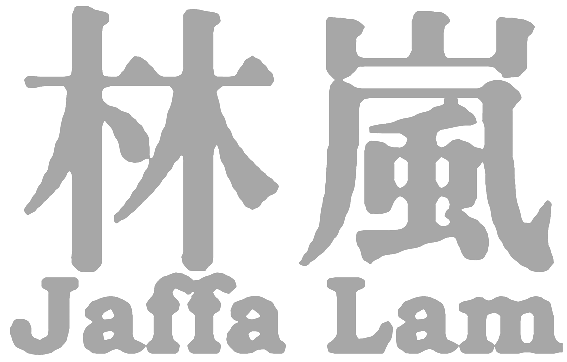One hundred years of international Women's Day - Collaborative project with Burma Artist, Phyu Mon
exhibition of hong kong comtemporay art 香港當地藝術展
3-21 March 2011
Neuberg Artspace,L1, JCCAC, Hong Kong
Meditation Tent/Asylum 修練/避難營
這件成品是與位於觀塘的香港婦女勞工協會合作的長期計劃:"微觀經濟"的作品之一。
"微觀經濟"是透過我每次做展覽的資金,聘請這些在七、八十年代叱吒一時的車衣女工,為我縫製作品。隨著香港經濟轉營,社會由製造業變成服務業為主, 他們現在只能做清潔散工來幫補家用。另一邊廂,本人從事藝術亦有十年了,看著藝術也是由"製造業"變成"服務業",從 "創造作品"變成 "提供創意" ,心里不期然與這些女工產生了惺惺相惜之情 。所以在2008年開始這項計劃,試試看我們能否以藝術之名來養活香港的"製造業"。 將這些遺棄的垃圾: 破傘,變成看似有功能性的成品。人們會因此對生命改觀嗎? 不知道。也許在有些人心中它們仍是垃圾,就像有些人認為藝術是垃圾一樣。
暫時還是一本虧蝕的生意。
以往的作品包括: 降落傘,6米的紙飛機,校服裙,流動書架,單車袋。
這次作品的外皮是回收的雨傘布 。做為個人在社會修練過程的避難營。 不需要偶然去禪院,在塵世中亦能好好反思。 是修練還是避難,還是看各人的道行了。
This work, "Micro Economy", is a new piece from my long-term collaboration withthe Hong Kong Women Workers' Society. These women were core laborers ofsociety during Hong Kong's manufacturing boom in 1970's and 1980's. Displacedfrom their sewing jobs by restructuring, many of them are part-time cleaning ladies nowadays. In response, this project 'recycles' them back into their historic industry.
The capital for the project comes from my artist's fee, which funds the former garment workers to help me construct the "Meditation Tent." We constructed this tent – as an asylum too – from recycled umbrella fabric. After all, we are still in this mortal world. Whether in self-practicing meditation or looking for shelter, the tent provides a space of refuge, a temporary destination that can stop other kinds of time.
Since 2008, I have developed several sewing projects [parachute, 6-meter paperplane, school uniform skirt, mobile book shelves, bike bags…], doing one person's part to reactivate the 'Fabrication Industry' in Hong Kong. Under the banner of 'Art', the micro-realities of these relational aesthetics generate our communities, making links we might not otherwise live.
We share stories and sympathies: over the past 10 years, we can observe not only how the industry of our society has changed from 'producing' to 'serving and providing',but how industrial relations in the art scene have also changed, from the production of artwork to generation of 'creativity'.
Does transforming these discarded objects – broken umbrellas – into functional forms and usable things serve to reorient perspectives for an audience considering what do we need? And what do we not?






